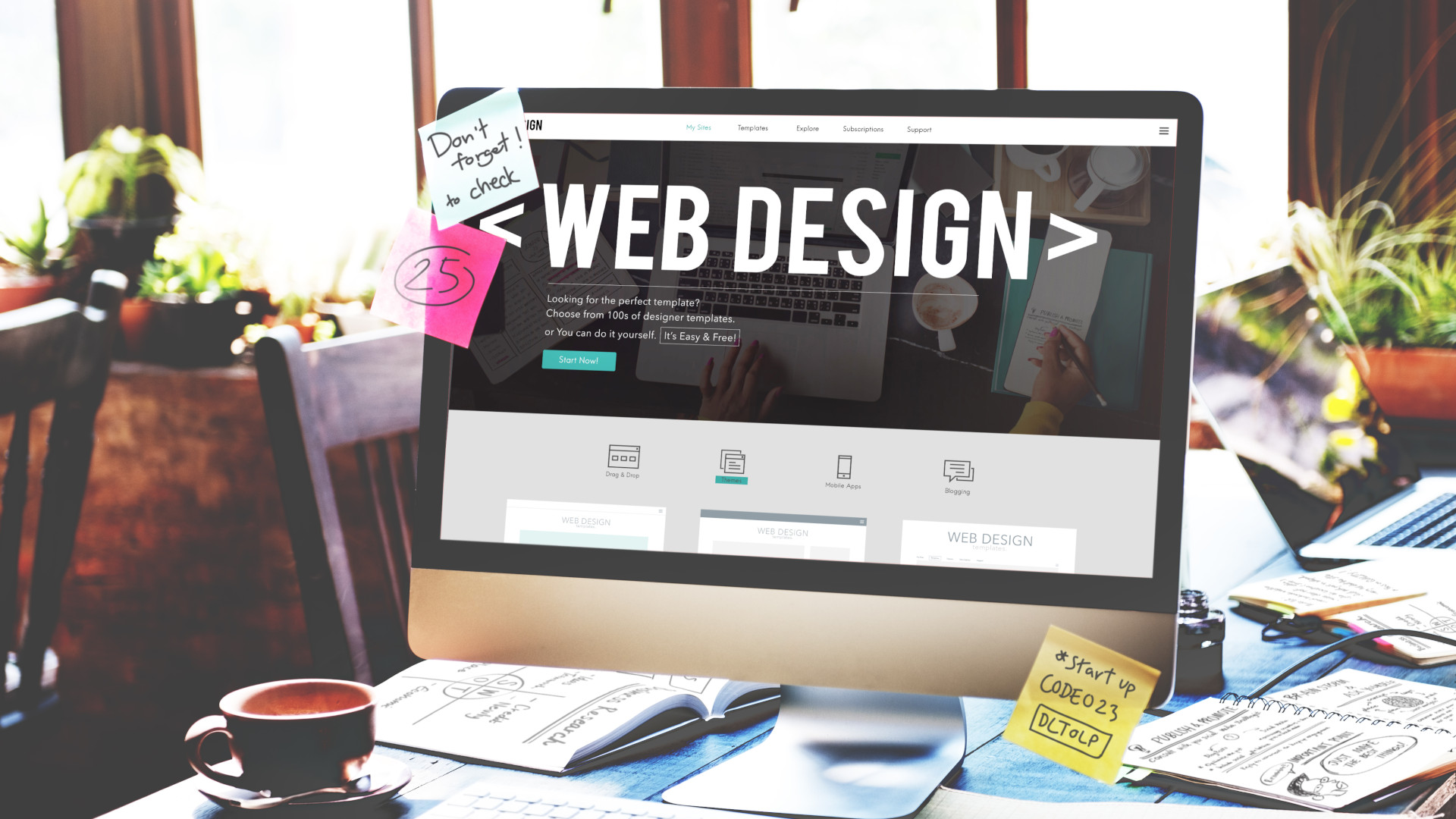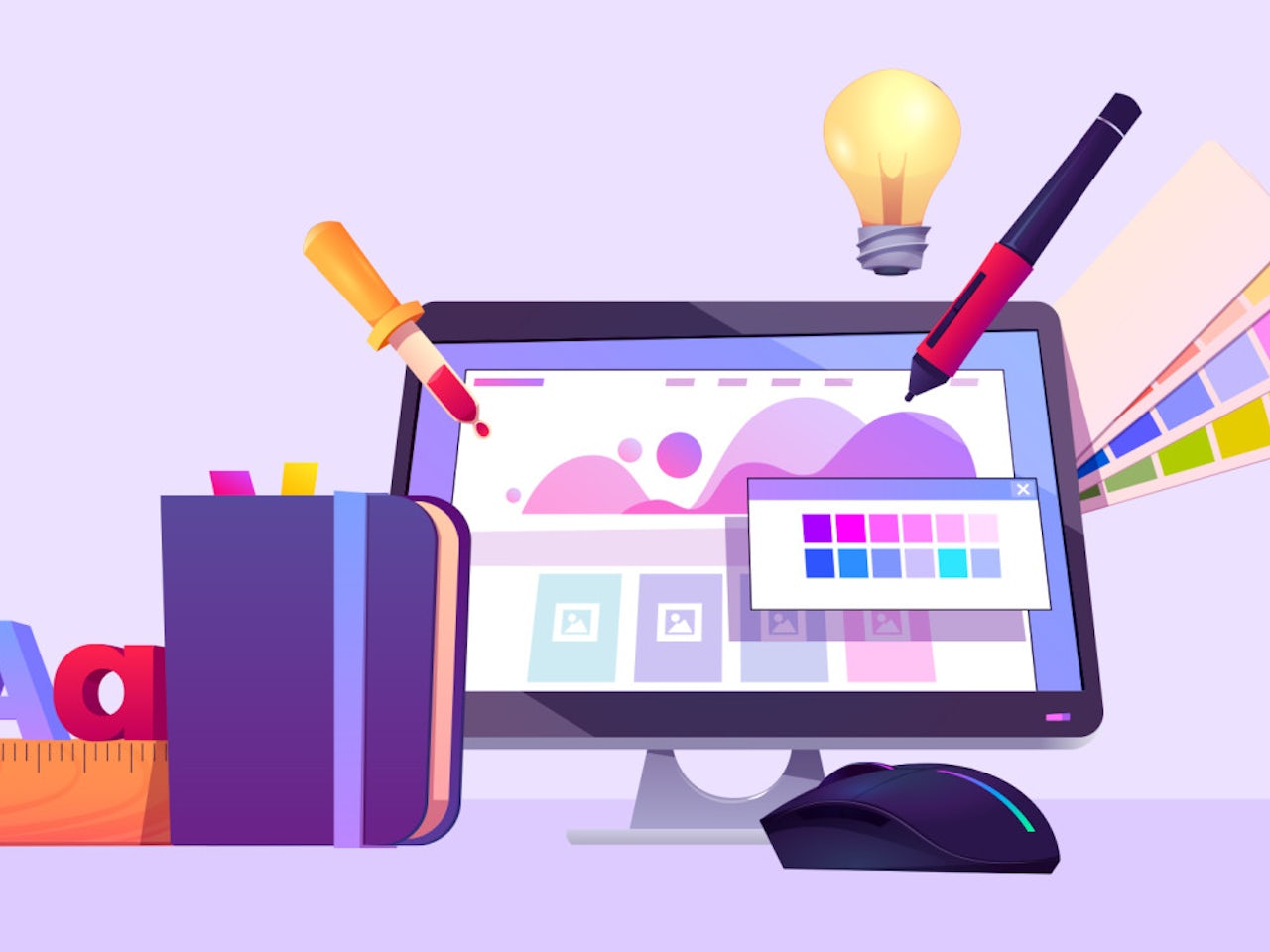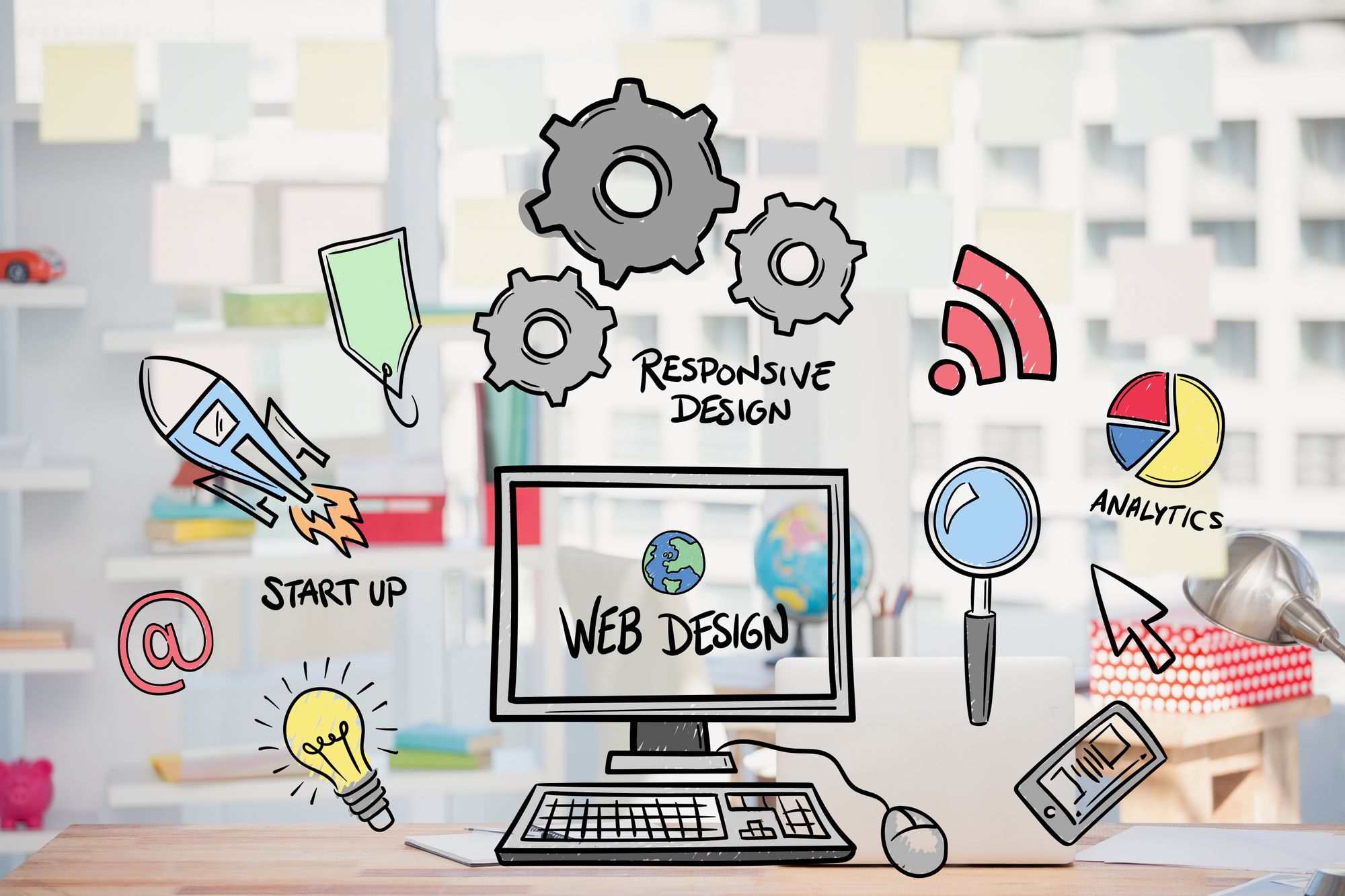Maximize User Experience With Cutting-edge Site Design Solutions
In today's electronic landscape, making best use of individual experience through ingenious web site design options is crucial for businesses seeking to engage their target market effectively. By embracing user-centric design concepts, companies can develop user interfaces that not just meet individual needs but also enhance total satisfaction. Secret variables such as responsive formats, intuitive navigation, and reliable aesthetic hierarchy play a vital duty in this process. However, the integration of interactive elements can further elevate the user trip, motivating a reevaluation of conventional design methods. When we think about the developing assumptions of users?, what approaches might arise.
Understanding User-Centric Design

To carry out user-centric style successfully, it is essential to perform complete research, including individual interviews, studies, and usability screening. These study approaches provide valuable information that notifies design decisions, making sure that the final product straightens with individual assumptions. Additionally, producing individual personalities can aid developers understand and envision with the end-users, assisting the design process toward more relevant remedies.
Moreover, iterative style is a crucial element of user-centric methods. By continuously screening and refining styles based upon customer feedback, developers can identify pain factors and locations of enhancement, leading to a much more sleek end product. Eventually, user-centric layout is not simply a phase in the advancement process however a constant commitment to prioritizing customer requirements, causing more reliable and interesting electronic experiences.
Importance of Responsive Layouts
As electronic communications significantly happen across a selection of gadgets, the significance of receptive layouts can not be overstated. A receptive layout guarantees that a web site adapts effortlessly to various screen dimensions, from desktop monitors to mobile phones. This flexibility is crucial in today's multi-device landscape, where users expect a engaging and consistent experience no matter how they access material.
The main advantage of receptive style is improved customer complete satisfaction. When a site is maximized for all gadgets, it reduces the requirement for zooming, scrolling, or horizontal navigation, which can lead and frustrate individuals to greater bounce prices. Furthermore, online search engine like Google prioritize mobile-friendly sites in their ranking formulas, making responsive formats necessary for effective SEO techniques.
Moreover, responsive designs facilitate much easier maintenance and updates. Rather of managing separate variations of a website for different gadgets, a single, fluid layout can be customized, conserving time and sources. This alternative approach not only improves performance however also fosters brand name comprehensibility across systems. Eventually, purchasing receptive layouts is not just a pattern; it is a fundamental principle of modern web style that dramatically boosts individual experience and engagement.
Enhancing Navigating and Ease Of Access
Effective navigation and availability are pivotal components of a properly designed site, significantly influencing individual involvement and complete satisfaction. A straightforward navigation structure permits site visitors to discover details rapidly and with ease, lowering aggravation and increasing the probability of repeat sees. Executing clear, detailed labels for navigating links, together with a logical pecking order, can guide customers seamlessly through the internet site.
Availability is similarly vital, making sure that all users, regardless of their impairments or capacities, can engage with the site properly. This can be accomplished with using proper shade contrasts, text sizes, and alt text for pictures, which with each other enhance the experience for aesthetically damaged customers. Integrating key-board navigation and screen viewers compatibility increases access for individuals with diverse requirements.
Normal usability screening can supply important insights into navigation performance and availability problems. By collecting responses from real users, developers can identify discomfort factors and make educated adjustments. Ultimately, prioritizing navigating and access not only promotes inclusivity however additionally grows a positive use this link user experience, enhancing the brand's commitment to top quality and customer treatment in an increasingly electronic landscape.
Utilizing Aesthetic Hierarchy Efficiently
Aesthetic pecking order offers as a guiding structure in web site design, guiding customers' interest to one of the most essential components on a page. By strategically arranging aesthetic elements such as typography, spacing, and color, designers can produce a clear pathway for customers to comply with. This structure not just boosts individual experience however likewise enhances material comprehension.
One reliable way to establish aesthetic hierarchy is via making use of dimension and range. Bigger aspects naturally bring in more focus, making headings and crucial visuals popular. Enhancing this technique with contrasting shades can better separate key web content from second details, making sure that vital info attracts attention.
Additionally, the setup of elements plays a critical function in guiding customer interaction. Employing a grid design can develop a cohesive circulation, while whitespace assists to different content and minimize cognitive lots - Website Design. This intentional spacing permits customers to process info extra quickly, bring about improved engagement
Finally, utilizing regular style patterns aids enhance investigate this site aesthetic power structure, supplying customers with familiar hints as they navigate the site. By prioritizing these concepts, developers can effectively optimize customer experience, making sure that site visitors can effortlessly situate the details they seek.
Integrating Interactive Components
The incorporation of interactive components into site layout can significantly improve customer interaction and general experience. Interactive functions such as quizzes, polls, and sliders not only astound individuals yet also promote energetic participation, making the surfing experience more remarkable. By urging individuals to engage, internet sites can properly preserve attention and lower bounce prices.
Moreover, integrating dynamic content like animations and float results includes an appealing layer of interactivity. These components can direct customers with ease via the site, highlighting crucial details and phones call to action. As an example, computer animated buttons can attract focus and boost click-through rates.
Additionally, customization through interactive tools such as chatbots or referral engines allows web sites to cater to private preferences, fostering a feeling of link. This tailored approach not only boosts customer contentment yet also motivates repeat brows through.
Integrating analytics tools to track communications supplies valuable insights right into individual actions, allowing continual enhancement of the interactive Website Design aspects. Ultimately, a properly designed interactive experience transforms a passive browsing session right into an appealing journey, bring about increased user satisfaction and commitment. Incorporating interactive components is vital for making best use of individual experience in modern-day web site layout.
Verdict

In today's digital landscape, maximizing user experience via ingenious website design services is essential for services seeking to engage their audience properly. Inevitably, focusing on navigating and availability not only cultivates inclusivity but also cultivates a favorable user experience, reinforcing the brand's commitment to quality and user care in an increasingly electronic landscape.

In verdict, making the most of individual experience via cutting-edge internet site design services demands a commitment to user-centric concepts. Website Design.
Comments on “Improve Customer Experience with Cutting-Edge Website Design Approaches”